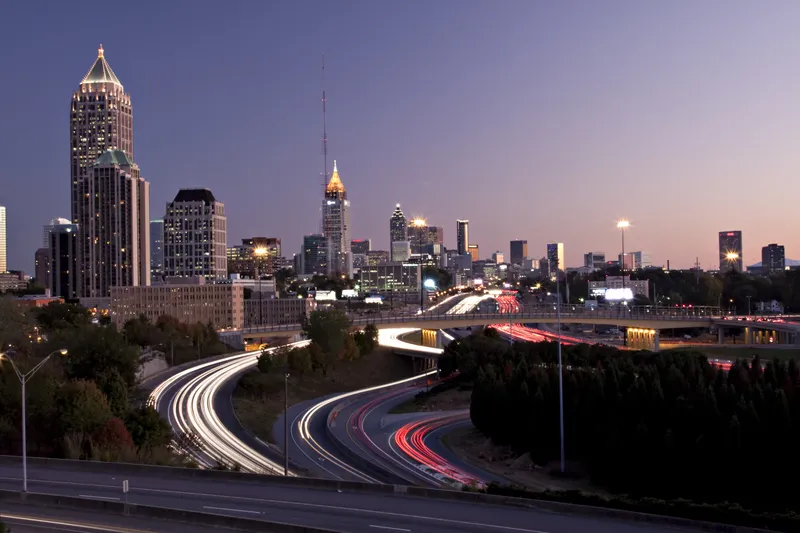The US state of Ohio’s governor Mike DeWine has signed an executive order re-authorising DriveOhio as the state-wide centre for advanced mobility solutions.
November 15, 2019
Read time: 1 min
The Ohio Department of Transportation’s director Jack Marchbanks says: “The smart mobility solutions that DriveOhio are developing and deploying will make Ohio’s roadways safer.”
The executive order outlines an advisory board and working groups comprised of industry, regulatory and research organisations that will provide information, recommendations and best practices to DriveOhio. It also highlights the work that the Unmanned Aerial Systems Center has done with the Air Force Research Laboratories to deploy SkyVision, a radar system that allows drones to fly beyond visual line of sight.










